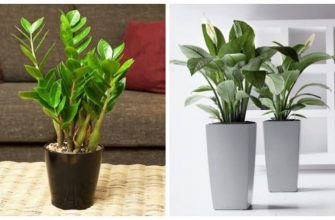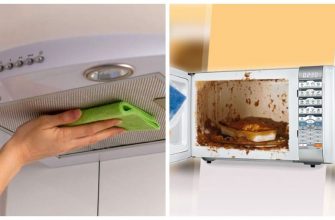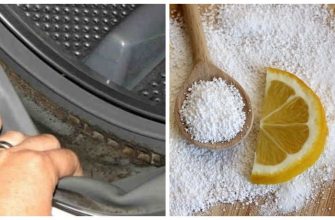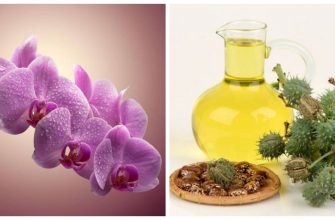Have you ever wanted to grow your own date palm right at home? Look no further! This easy-to-follow guide will show you exactly how to sprout and care for a date palm seed, turning it into a thriving indoor plant. From selecting the right container to providing the perfect environment, you’ll learn all the tips and tricks to help your date palm flourish. Get ready to bring a touch of tropical beauty into your home with this fun and rewarding gardening project!
Growing a Date Palm from a Seed: Your Guide to Indoor Gardening
There are two methods to grow a date palm from a seed. The first involves allowing the date seed to dry for a couple of days to promote swelling. Then, soak it in hot water for a day. This should cause the seed to swell up.
The following day, find a small box and fill it with moist sawdust. Place the swollen seed in the box, ensure it’s well-watered, and keep it warm. Keep an eye on the sawdust; if it starts to dry out, lightly moisten it.
After about a month, you should see the first date palm sprout emerging from the sawdust. Once this happens, select a suitable pot about 3 inches (7 cm) tall and fill it with a mixture of 4 parts sand, 2 parts loamy soil, 2 parts compost, 2 parts peat moss, and a bit of charcoal. Plant the sprouted seed in the pot.
Be careful when transplanting the seedling, ensuring that any remnants of the seed, which still provide nourishment to the sprout, remain intact.
As your palm grows, when it reaches about 4 inches (10 cm) in height, transplant it into a larger container. Remember, date palms don’t take well to being transplanted, so handle with care. The best method is to move the plant along with its soil clump into a larger pot.
When your date palm is young, it’s best to transplant it annually. Once it’s over five years old, reduce the frequency to every 2-3 years. With each transplant, increase the amount of loamy soil. From the age of 15, you can transplant your date palm once every 5-6 years.
Choose a pot for your palm that’s not wide but rather tall, as date palms have fairly long roots.
Protect your date palm from direct sunlight, providing it with bright, indirect light. Rotate the plant occasionally to ensure even growth. Water your palm with room temperature water, and use a sprayer or damp sponge to moisten its leaves.
Fertilize your date palm every two weeks with a special fertilizer, increasing to once a week in spring and summer.
For optimal growth, maintain temperatures between 46-59°F (8-15°C) in winter and 64-68°F (18-20°C) in summer. During the warmer months, it’s beneficial to move your palm outdoors to a sheltered spot. Remove any dead leaves as soon as they appear.
The second method to grow a palm from a seed involves making a small incision in the middle of the seed. This is necessary because the seed’s shell is quite hard, and the sprout may not penetrate it. After making the incision, plant the seed in a tall pot filled with compost-enriched soil, and cover it with plastic wrap. Keep the soil consistently moist. The first sprout should appear in about a month to a month and a half. Once it does, care for it using the method described above.



















